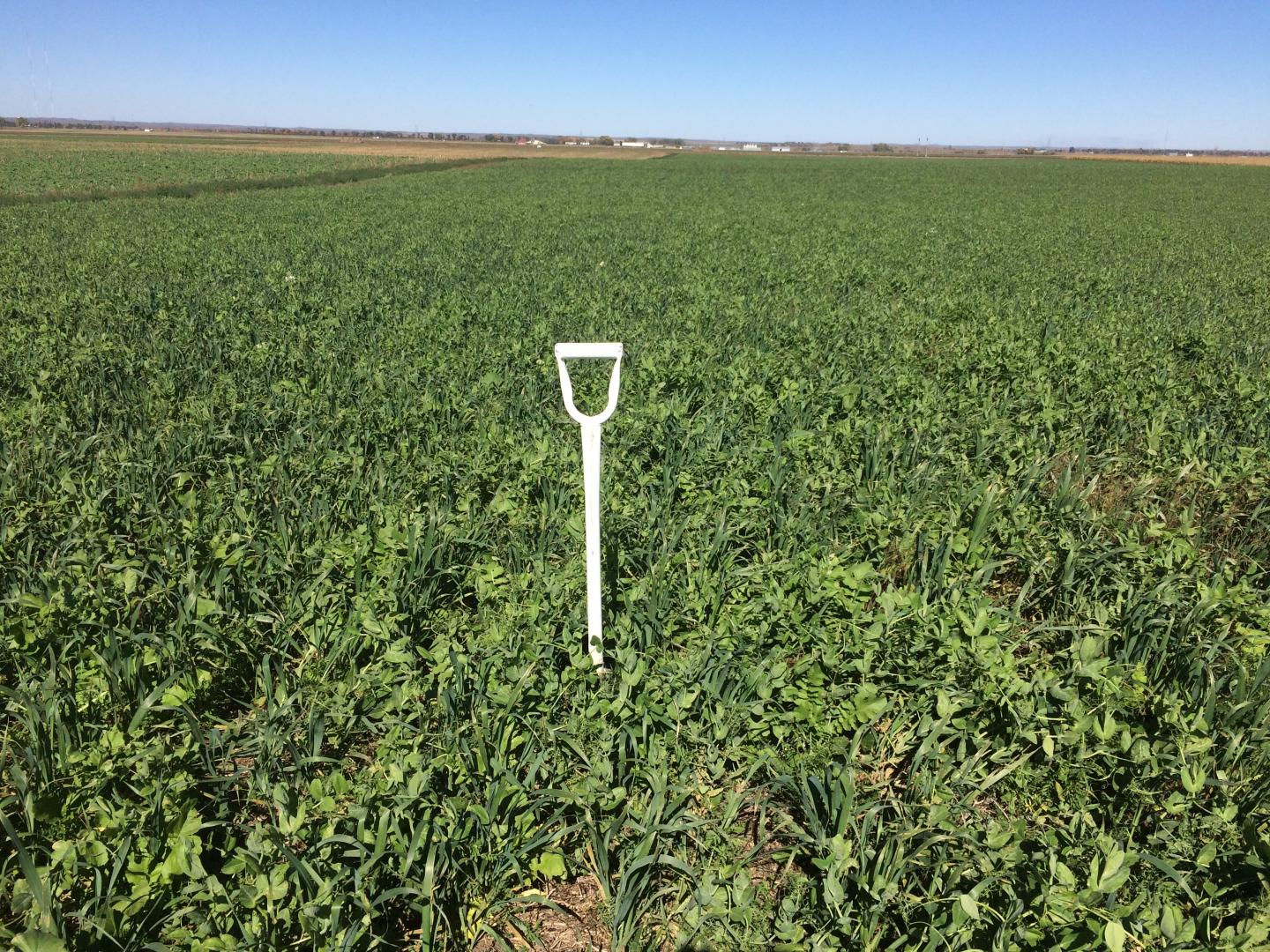
The Soil Health foundation consists of four principles which are: soil armor, minimizing soil disturbance, plant diversity and continual live plant/root
This article will discuss the fourth principle, continual live plant/root.

In this fourth of four articles on soil health, it explains the concept of “continual live plant/root” and why providing a continual live plant is important for building soil health.
Our perennial grasslands consist of cool season grasses, warm season grasses, and flowering forbs. Consequently, adaptable plants are able to grow during the cool spring and fall weather, as well as the summer heat. Allowing for a continual live plant feeding carbon exudates to the soil food web during the entire growing season.
Our cropland systems typically grow cool or warm season annual cash crops, which have a dormant period before planting and/or after harvest. Cover crops are able to fill in the dormant period and provide the missing live root exudate, which is the primary food source for the soil food web. Cover crops may be incorporated into a cropping system as annuals, biennials, or perennials. Starting on a small acre scale will allow farmers and ranchers to find the best fit for their operation.
Cover crops can address a number of resource concerns:
- Harvest CO2 and sunlight, providing the carbon exudates to the soil food web.
- Building soil aggregates and pore spaces, which improves soil infiltration.
- Cover the soil, controlling wind and water erosion, soil temperature, and rainfall compaction.
- Catch and release of inorganic nutrients, improving water quality.
- Salinity management.
- Pollinator food and habitat.
- Weed suppression.
- Wildlife food, habitat and space.
- Livestock integration.
- Adding crop diversity
- Adjusting the cover crop combination’s carbon/nitrogen ratio, to either accelerate or slow decomposition.
The photo shows an 8-way cover crop combination seeded after spring wheat harvest at the Menoken Farm, benefiting numerous resource concerns. The cover was seeded immediately after harvest.

Continue Reading

